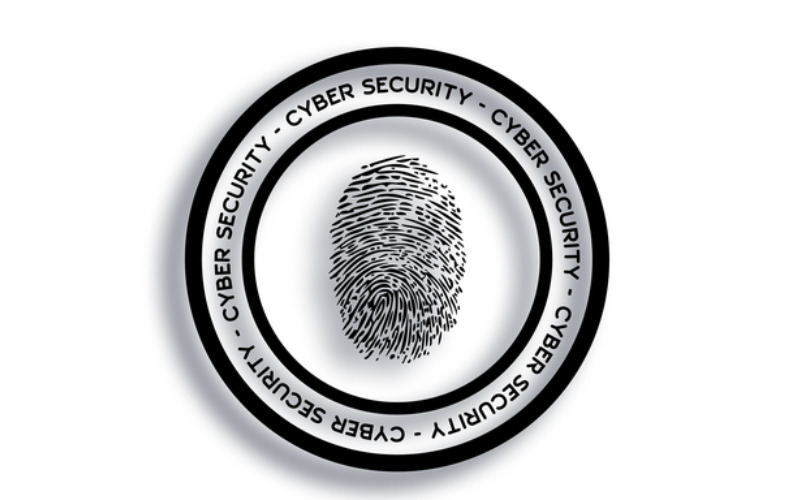Cybersecurity specialists are in great demand in today’s linked world since data breaches and other cyberthreats are growing more frequent. One certification that stands out in the field of information security is the Certified Information Systems Security Professional (CISSP) certification. The CISSP covers ten areas that offer an understanding of the principles and practices to safeguard valuable information assets.
The CISSP domains encompass a range of topics, such as security and risk management, asset protection, security engineering, communication and network security, identity & access management, security assessment & testing, security operations, software development security, cryptography, business continuity, and disaster recovery. Each domain tackles aspects of information security to ensure professionals are well-prepared to tackle the challenges associated with securing data, systems, and networks.
When individuals obtain the CISSP certification, they showcase their expertise in designing, implementing, and managing systems and networks. This certification holds esteem within the industry and is recognized globally as a benchmark for information security professionals. Whether you aspire to be a cybersecurity expert or a practitioner seeking to enhance your skills further in this field of information security—obtaining the CISSP certification with its ten domains will give a solid foundation for a successful career path.
Here Are The Top Ten CISSP Domains You Can Explore
1. Security And Risk Management
This field concentrates on the establishment and administration of security policies, protocols, and guidelines within a company. It encompasses comprehension and implementation of security frameworks like NIST (National Institute of Standards and Technology) and ISO (International Organization for Standardization). Furthermore, it addresses the practices of risk management, including evaluating risks, analysing them, and developing strategies to mitigate them.

2. Asset Security
Securing assets is essential for safeguarding an organization’s resources. This encompasses ensuring the confidentiality, integrity, and availability of both assets, such as hardware and facilities, and digital assets, like data and information. This field covers aspects including classifying data, determining data retention, properly sanitizing media, and securely disposing of support when necessary.

3. Security Engineering
This field revolves around integrating security measures into the design and creation of systems, applications, and networks. It encompasses practices for developing software employing safe coding methods and implementing protective controls. Security engineering also includes comprehending and applying the CIA triad (Confidentiality, Integrity, and Availability) to safeguard information.

4. Communications And Network Security
This area focuses on the security elements related to network infrastructure and communication channels. It encompasses devices, protocols, and technologies to safeguard data during transmission. The subjects covered include factors to consider when designing a network, a network structure, implementing protocols, and employing encryption methods.

5. Identity And Access Management
Managing identity and access is an aspect of information security. It encompasses tasks such as user identity management, verifying user credentials, granting permissions, and controlling access to resources. This field covers a range of topics, including user provisioning, various models for access control, the convenience of sign-on (SSO), the added security layer of factor authentication (MFA), and the establishment of trust through identity federation.

6. Security Assessment And Testing
In this field, the focus is on assessing and analyzing the effectiveness of security measures and protections. It involves techniques such as evaluating vulnerabilities, conducting penetration tests, and conducting security audits. Professionals in this area are responsible for identifying weaknesses and vulnerabilities in systems and applications and providing recommendations for resolving them.

7. Security Operations
In the realm of security, there are responsibilities associated with overseeing and managing security measures and responding to incidents. These duties include managing security incidents, creating disaster recovery plans, ensuring business continuity, monitoring system logs, and fostering a culture of security awareness through training programs.

8. Software Development Security
This field highlights the significance of incorporating security measures into the software development lifecycle (SDLC). It encompasses practices for writing code, conducting secure software testing, and integrating security controls at every stage of the development process. Key subjects covered include threat analysis, guidelines for writing code review processes, and secure deployment strategies.

9. Cryptography
Cryptography is the science of secure communication. This field encompasses aspects of cryptography, including concepts, algorithms, protocols, and their real-world applications. It covers areas such as encryption techniques, digital signatures, management of keys, public critical infrastructure (PKI), and protocols for communication.

10. Business Continuity And Disaster Recovery
This field centred around creating and executing strategies to guarantee that vital business operations can continue in the face of disruptions or disasters. It encompasses areas like analyzing the impact on business, evaluating risks, devising plans, recovering from disasters, implementing backup, and restoration strategies and responding to incidents.
These ten domains together offer a comprehension of facets related to information security and serve as the basis for achieving CISSP certification. By gaining proficiency in these domains, professionals can showcase their skills in designing, implementing, and overseeing systems and networks.


















